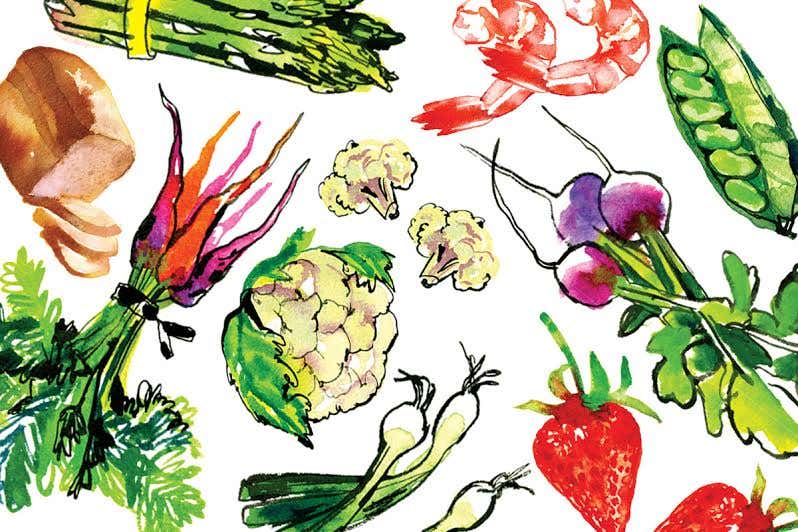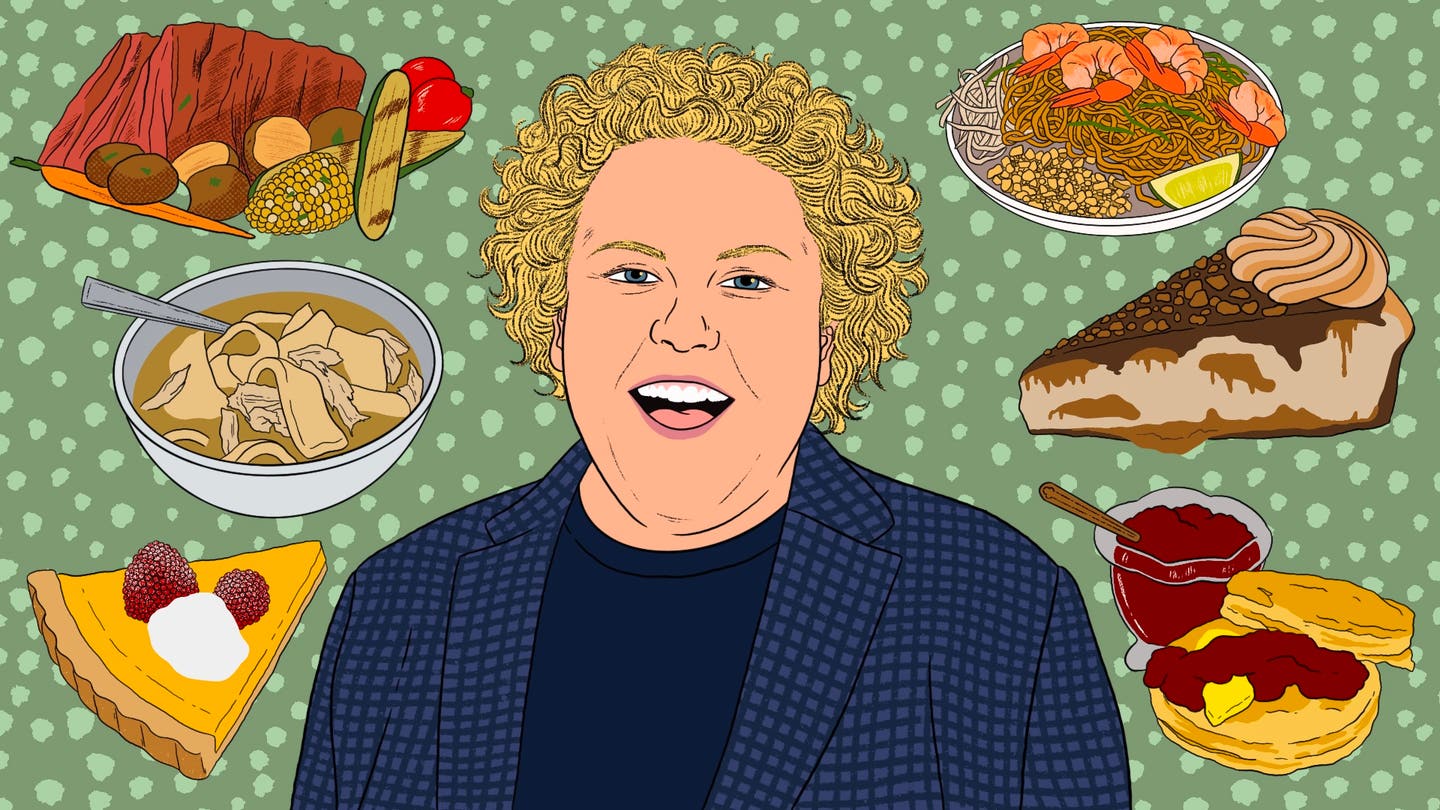
I mastered spaghetti alla carbonara—that addictive Italian tangle of eggs, cured pork, and pasta—when I was nine years old, in an effort to appease that most difficult of customers, my little brother, Yar. All forms of vegetation were unacceptable to his palate, which was so finicky that in any given dish it could detect a single fleck of parsley, the slightest shaving of ginger, and anything that had come within three miles of a piece of spinach. The irony that his name is the Mandarin word for sprout was not lost on my family.
Carbonara, which appears to have originated in Rome, derives its name from the Italian word for coal. Legend attributes the dish variously to charcoal makers, who presumably required a cheap and nourishing meal after a day of hard work; to the Carbonari, members of secret political societies in 19th—century Italy; or simply to the fact that the dish was once made over a charcoal fire. Present-day historians argue, however, that carbonara is a post-World War II invention, born of defeated yet still imaginative Italians compelled to satisfy American GIs with powdered eggs and bacon, those staples of army mess tents. Adherents to this theory generally hold that carbonara merely refers to the sometimes coal-speckled look of the dish, achieved by the addition of plenty of ground black pepper and the crisped pieces of meat. Traditional Roman carbonara consists of a holy trinity of whole eggs, pancetta or guanciale (cured pork jowl), and pecorino-romano cheese—never cream, an ingredient that many American all-you-can-eat-pasta chefs are wont to add. A carbonara sauce should gild, not asphyxiate, the noodle. True to the Roman way, I always remember to temper the eggs with pasta water (to keep them from stiffening up when they meet the steaming-hot pasta), and I use spaghetti whenever possible.
To make Yar's carbonara, though, I was forced to depart slightly from orthodoxy: I gave in to my brother's preference for capellini over spaghetti and, profaning a traditional recipe taken from Marcella Hazan's More Classic Italian Cooking, used bacon instead of pancetta or guanciale. In deference to Yar's ferocious appetite, I also doubled the amount.
Carbonara is a dish for all seasons, to be consumed in great quantities. It is luscious, simple, and, thanks to all the eggs and fatty pork, slightly naughty. It can be enjoyed at any hour of the day, though the ideal time is dawn, after a long night of revelry. Experience has taught me that carbonara is also a nearly foolproof way to a man's heart—unless he happens to be watching his cholesterol. I have cooked it for many, with heated results. But on the occasions when I make spaghetti alla carbonara for myself alone, I always think of my little brother, who finally got over his distaste for the plant kingdom but still considers carbonara one of his truest passions.
Keep Reading
Continue to Next Story










